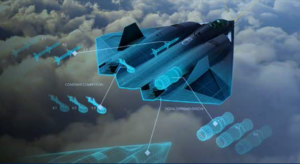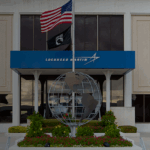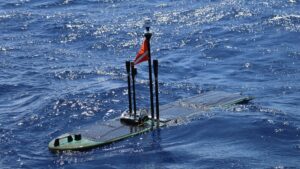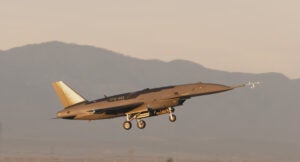
While the unit flyaway cost of the Lockheed Martin [LMT] F-22 was $155 million in today dollars and the unit flyaway cost of the company's F-35A is running more than $85 million, the manned component of the U.S. Air Force's classified Next Generation Air Dominance (NGAD) program may be significantly higher. "This is a number that's going to get your attention, but we're talking about prices that are multiple hundreds of millions of dollars for NGAD on an individual basis,"…














